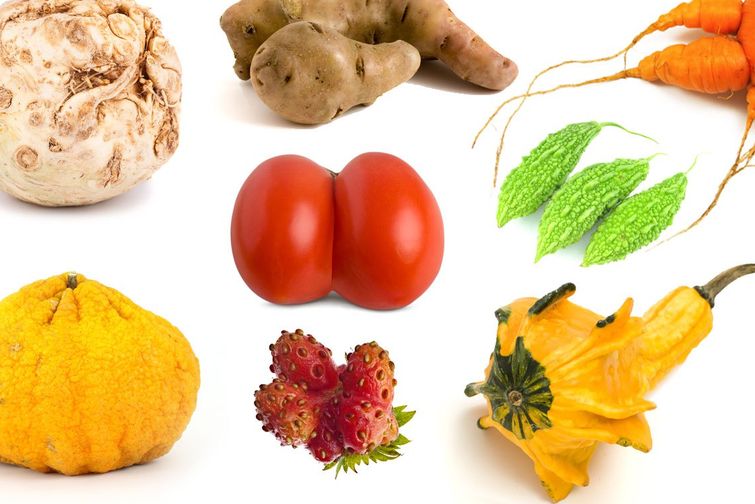According to the United States Department of Agriculture (USDA), 27% of the food produced in the United States is thrown away. That is 263 million pounds of food, thrown in the bin, every single day. This is unfortunate considering that 14% of Americans struggle to put enough food on the table not to mention that the natural resources used to produce the food are limited.
This is not only a moral issue, but an expensive one. The U.S. Environmental Protection Agency estimates that 12% of all solid waste generated in American households is food. While we sometimes hem-and-haw about whether to buy a food product that costs a dollar more then a less expensive one, we rarely show the same restraint later on when it comes to tossing food out. Food waste costs about 1 billion dollars a year to dispose of, just in the United States. In addition, the USDA estimates that stores throw out $15 billion dollars worth of fruits and vegetables each year, and it is seen as the cost of doing business. A store would rather overstock their shelves than risk having customers see bare shelves.
A lot of the food that is tossed hasn’t even spoiled yet. Sometimes it simply isn’t the right size or shape that a store prefers in its produce aisle. 7% of the food grown in the U.S. is left to rot in fields in part because it does not meet these size, shape or color requirements.
A new startup called, Imperfect Produce, is working on changing that. It is aiming to sell all the misshapen funny-looking, but perfectly delicious produce to consumers like you and me. They will buy ugly food directly from the farms, box it up and ship it directly to consumers at 30%-50% less then the store price. Their ventures are starting in California, but if all goes well, perhaps we’ll all be buying misshapen carrots in a year or two! In the mean time, there is more we can do. As Jonathan Bloom, author of American Wasteland points out:
“Researchers have found that we discard about 25% of what we bring into our homes. That adds up to more than $2,000 annually for a family of four. Ponder that figure the next time you’re in the supermarket agonizing over sale items. And then consider the simplest form of waste prevention—buying the right amount.”
Here are a few things suggestions from Mr. Bloom that can help us each lower the amount of food we toss:
- Buy less: Shop more often, perhaps on your way home from work, buying less each time. It’s easier to project food needs for a day or two than for a week.
- Keep it neat: More food is wasted when a fridge is cluttered. Keeping it relatively sparse helps, as does storing food in clear containers.
- Be realistic: Factor in your busy lives and how much (or little) time you have to cook. It may make sense to not buy as many perishable ingredients.
- Love your leftovers: Plan a leftover smorgasbord meal once a week. Alternately, the best lunch is last night’s dinner. Packing up a meal-size portion the night before facilitates the whole process.
If you are feeling extra motivated, here are some creative ways to use your food leftovers, from Chef Dan Barber of Manhattan, the creator of WastED, a temporary restaurant that served food crafted from scraps that nearby farmers, butchers, bakeries, and restaurants would typically throw away.
With this new information in your arsenal, go forth and cook for your loved ones! Eat, drink, be merry and save some money and a little piece of the planet while you’re at it!

